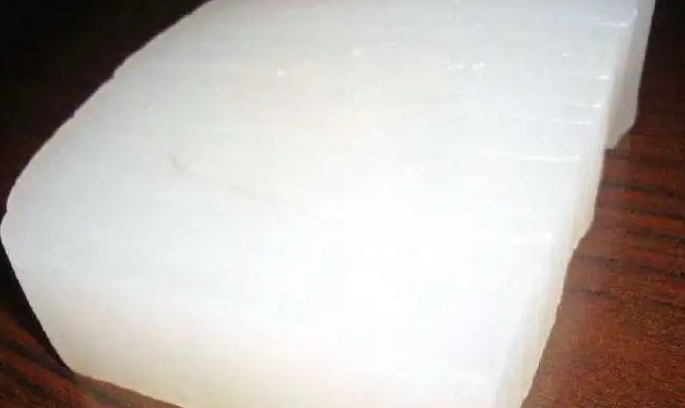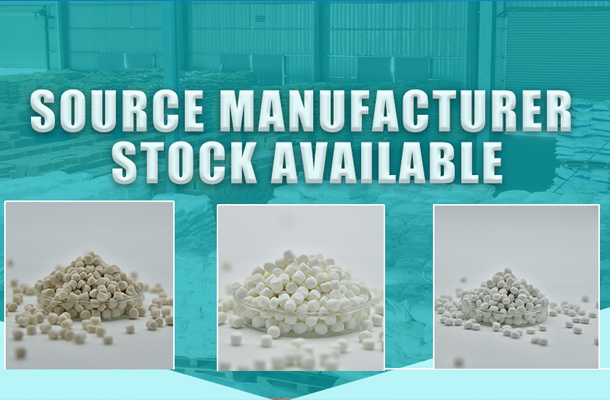Butadiene rubber, including cis-1,4-polybutadiene rubber (BR) and styrene-butadiene rubber (SBR), does not have a distinct melting point in the traditional sense, like many thermoplastics do. Instead of melting, these elastomers undergo a transition from a hard, glassy state to a soft, rubbery state through a process called the glass transition (Tg).
For cis-1,4-polybutadiene rubber, the glass transition temperature (Tg) is typically around -100°C to -105°C (-148°F to -157°F). This is the temperature range at which the material transitions from a brittle, glassy material to a flexible rubber. Below this temperature, the polymer chains are essentially frozen in place, and the material becomes hard and brittle. As the temperature increases above the Tg, the chains gain mobility, and the rubber starts to exhibit its characteristic elasticity.
Styrene-butadiene rubber (SBR) will have a glass transition temperature that varies depending on its styrene content. Generally, higher styrene content increases the Tg, making the material harder at room temperature but also more rigid and less elastic. SBR with a typical styrene ratio might have a Tg ranging from around -50°C to -80°C (-58°F to -112°F).
In practical terms, these materials do not melt but can degrade or decompose if exposed to sufficiently high temperatures, which are typically well above their glass transition points. Vulcanization, a cross-linking process, is used to improve the heat resistance and mechanical properties of butadiene rubber, effectively raising the temperature at which it starts to lose its integrity.








